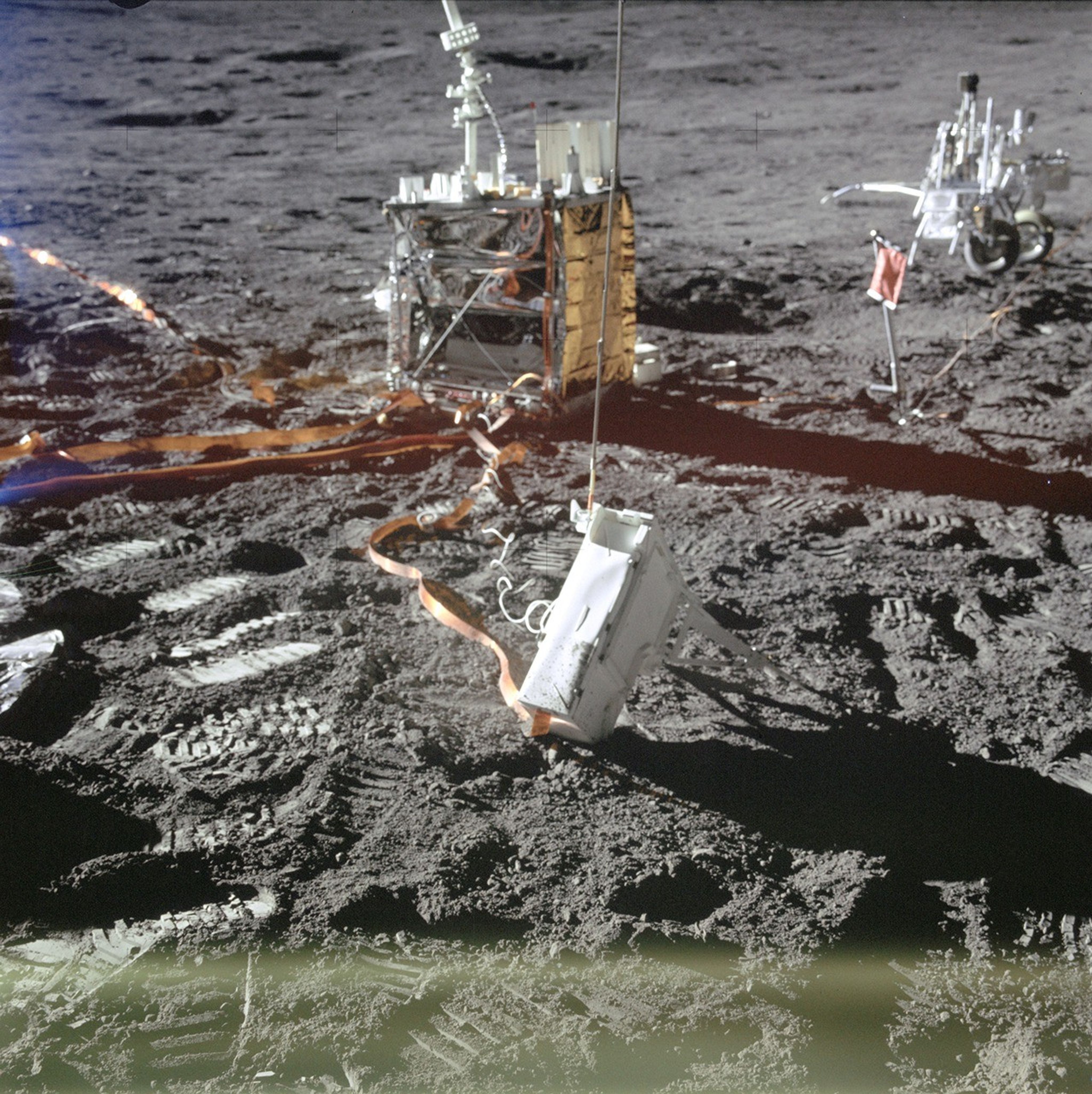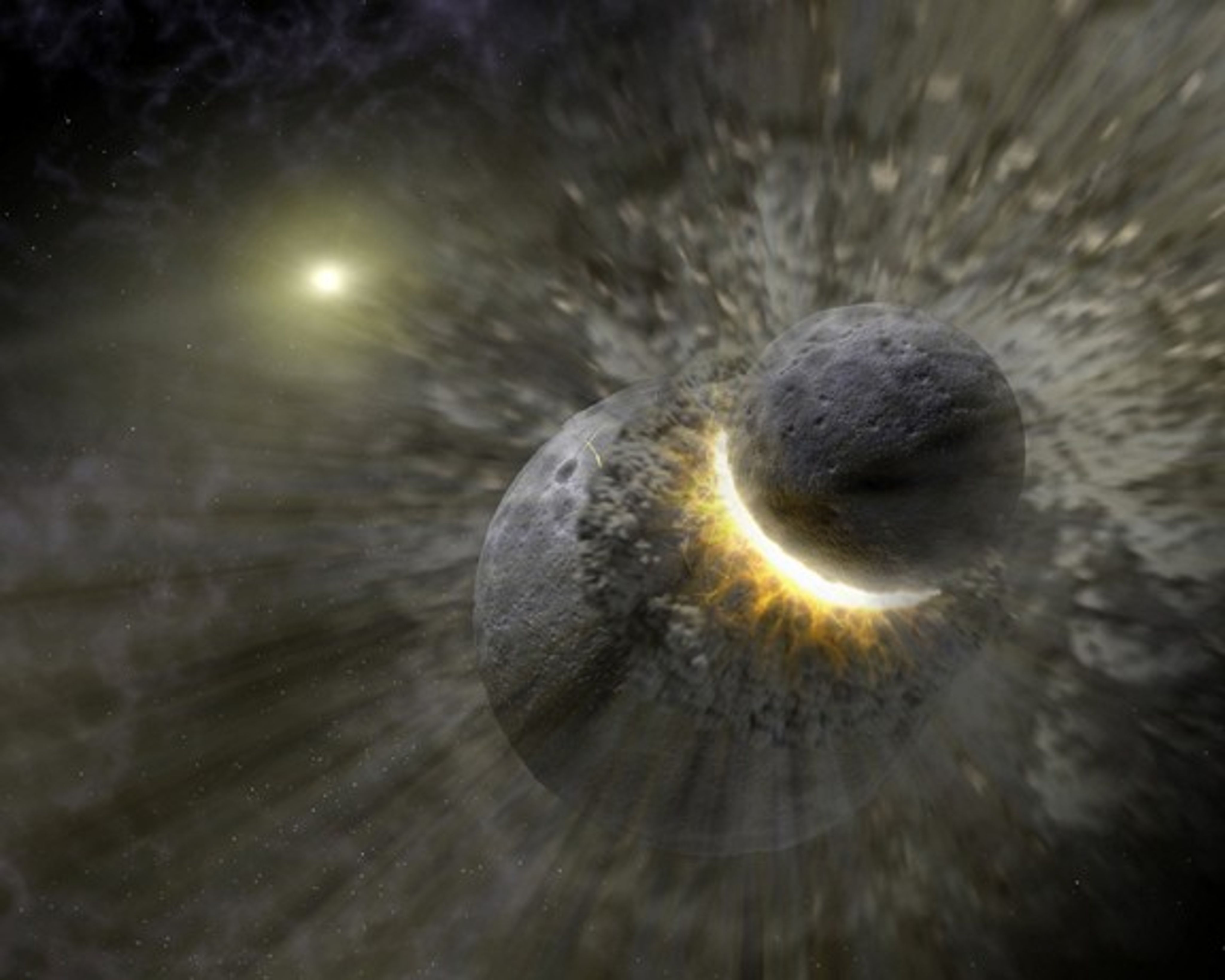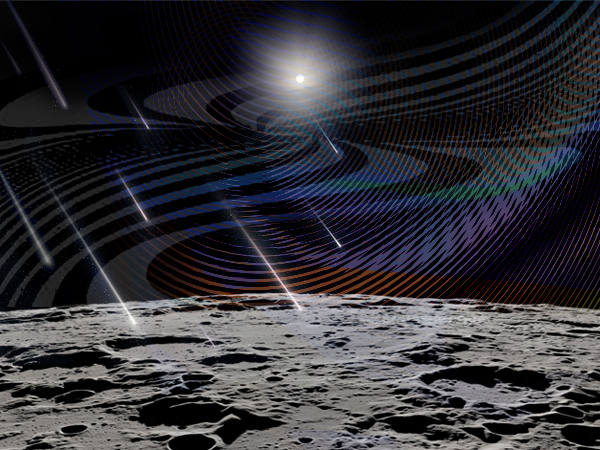Moonquakes
Seismometers that Apollo astronauts placed on the surface of the Moon have revealed that the Moon experiences moonquakes.
Deep moonquakes, occurring hundreds of miles beneath the lunar surface, are tidal events ― they result from the pull of Earth’s gravity tugging and stretching the Moon’s internal structures. Another type of moonquake is caused by the Moon shrinking as it cools ― a process that has been happening since the Moon first formed nearly 4.5 billion years ago. These moonquakes originate at the moderately shallow depths of 20-30 km, can register up to a startling 5.5 on the Richter scale, and can last for over 10 minutes! Meteoroid impacts with the Moon can cause moonquakes originating on or near the lunar surface. Another type of extremely shallow moonquake can come from thermal expansion and contraction of rock on or near the surface as it goes from the frigid lunar night to the very hot lunar daytime.

A Shrinking Moon
Cliffs in the lunar crust, observed by the Apollo astronauts and by NASA’s Lunar Reconnaissance Orbiter, indicate that the Moon shrank globally in the geologically recent past and is likely still shrinking today. The Moon formed in a chaotic environment of intense bombardment by asteroids and meteors. These collisions, along with the decay of radioactive elements, made the Moon hot. Since its inception, the Moon has been cooling. As it cools, it shrinks and its brittle surface breaks, forming thrust faults where a section of the crust breaks away from and juts out over another. Scientists estimate that, in the last several hundred million years, the diameter of the Moon has gotten about 150 feet (50 meters) smaller.






